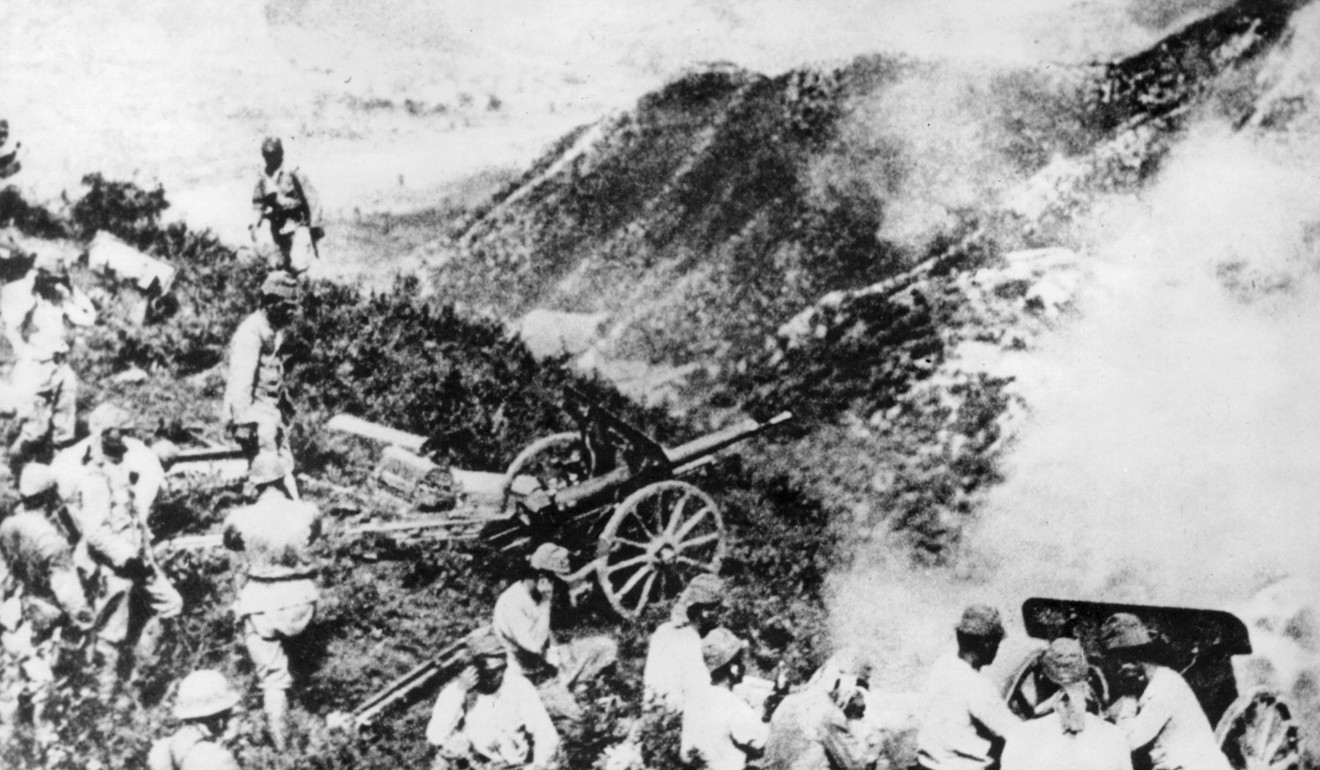
Amateur historians in search of war souvenirs might be robbing families of chance to find remains
Wartime relics reclaimed from Hong Kong’s long-ago battlefields could hold vital evidence that would allow those whose remains were never accounted for to be given proper burial
Context is essential to understanding historical events; without it little about the past makes sense. Evidence establishing context comes in many forms: personal ephemera such as letters, diaries and photographs; newspaper accounts; oral histories – the list goes on.
In circumstances where reliable evidence is, at best, fragmentary – such as on a battlefield site several decades after the conflict – the process of determining exactly what happened becomes archaeological. The removal of objects from their setting without proper documentation obliterates any historical data value they may have had in situ, especially so with uniform fragments and other identifiable personal effects left scattered on a battleground.
Finding Canadian’s watch spurs search for Battle of Hong Kong relics
In recent years, amateur “historians”, military cranks and other weekend enthusiasts have systematically combed Hong Kong Island – especially around Wong Nai Chung Gap, Repulse Bay and Stanley, which were heavily fought over during the Battle of Hong Kong, in December 1941 – for wartime souvenirs. A considerable range of items has been “salvaged” from these battlefields, such as regimental flashes (metal insignia worn on a uniform shoulder tab to indicate unit affiliation), crested metal buttons, spent (and occasionally live) ammunition, helmets, water bottles and personal objects including fountain pens and watches with identifiable markings.
Given the passage of time in a subtropical climate, only durable metal items have typically survived; even then their condition depends on whether the objects became buried in a relatively dry location, such as within an eroded gun emplacement or in a sheltered position away from hiking paths, picnic sites or other heavily trafficked areas.
But should these items have even been collected in the first place? And what unintended damage to potential archaeological sites have these gleaners caused by their seemingly harmless weekend obsession with happenings on a long-ago battlefield? None of this fossicking is illegal in Hong Kong, though handling corroded, potentially dangerous live ammunition is unquestionably foolish. But legal or not, such activities are an irresponsible way to interact with the past.

Several decades after the Pacific war ended, in 1945, officially sanctioned research teams continue to meticulously document battlefield sites for reasons unconnected to antiquarian fascination. Determining the final resting place of all the military dead, and according them a permanent personal memorial wherever possible, forms part of the ongoing work of the Commonwealth War Graves Commission, which has responsibility for two war cemeteries in Hong Kong – Sai Wan and Stanley.
The United States government employs historical researchers in northern Myanmar – a major air supply route from India into wartime China, and the location of many remote plane crash sites – and various combat locations in the Southwest Pacific, to find and identify human remains from far-flung battlefields.
Bone fragments found near a uniform relic, or a personal item such as a watch strap, may enable those lost in battle to be finally accounted for. Positive identification – usually done through DNA referencing with immediate family members – ensures that recovered human remains can be given a proper burial with an individual identification marker in a designated war cemetery. In turn, the now elderly children and other descendants of a serviceman killed in action have a grave to visit.
Weekend souvenir hunters may deny surviving family members the solace that a marked grave might provide.

